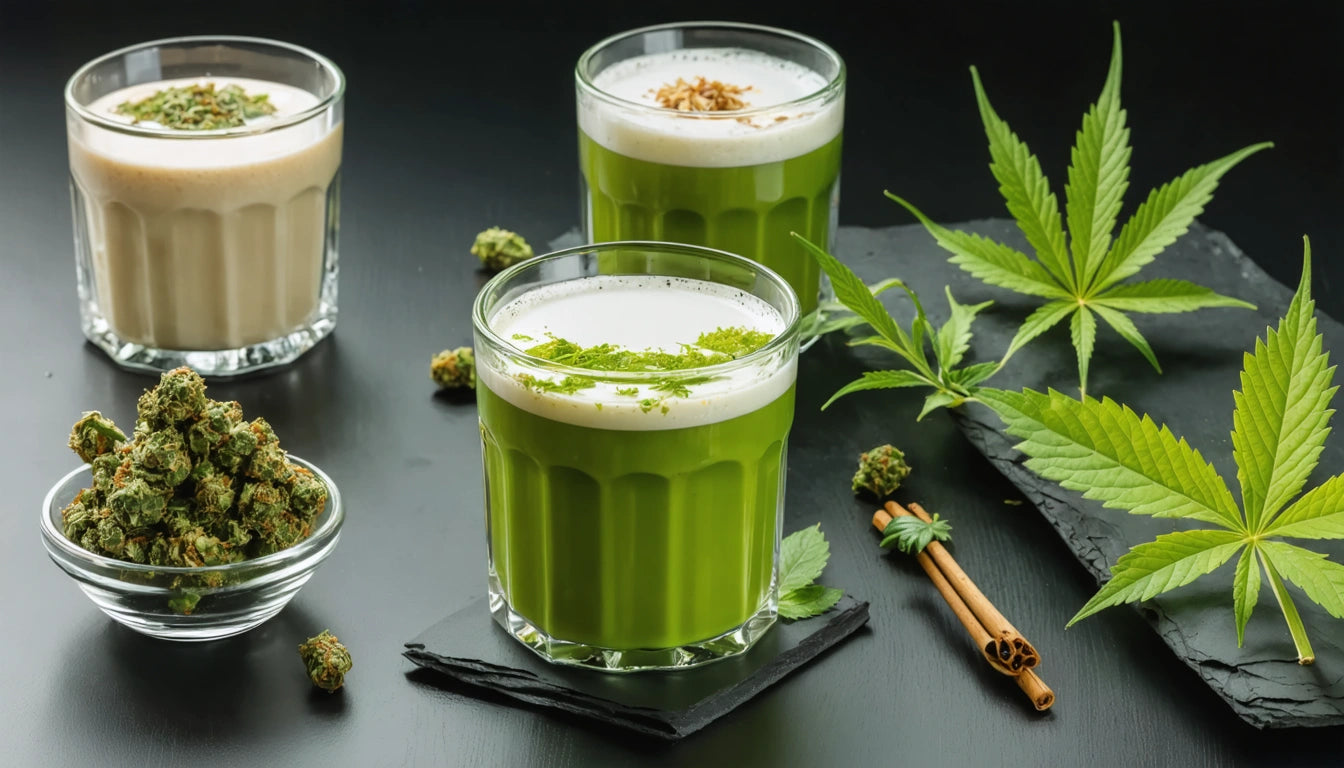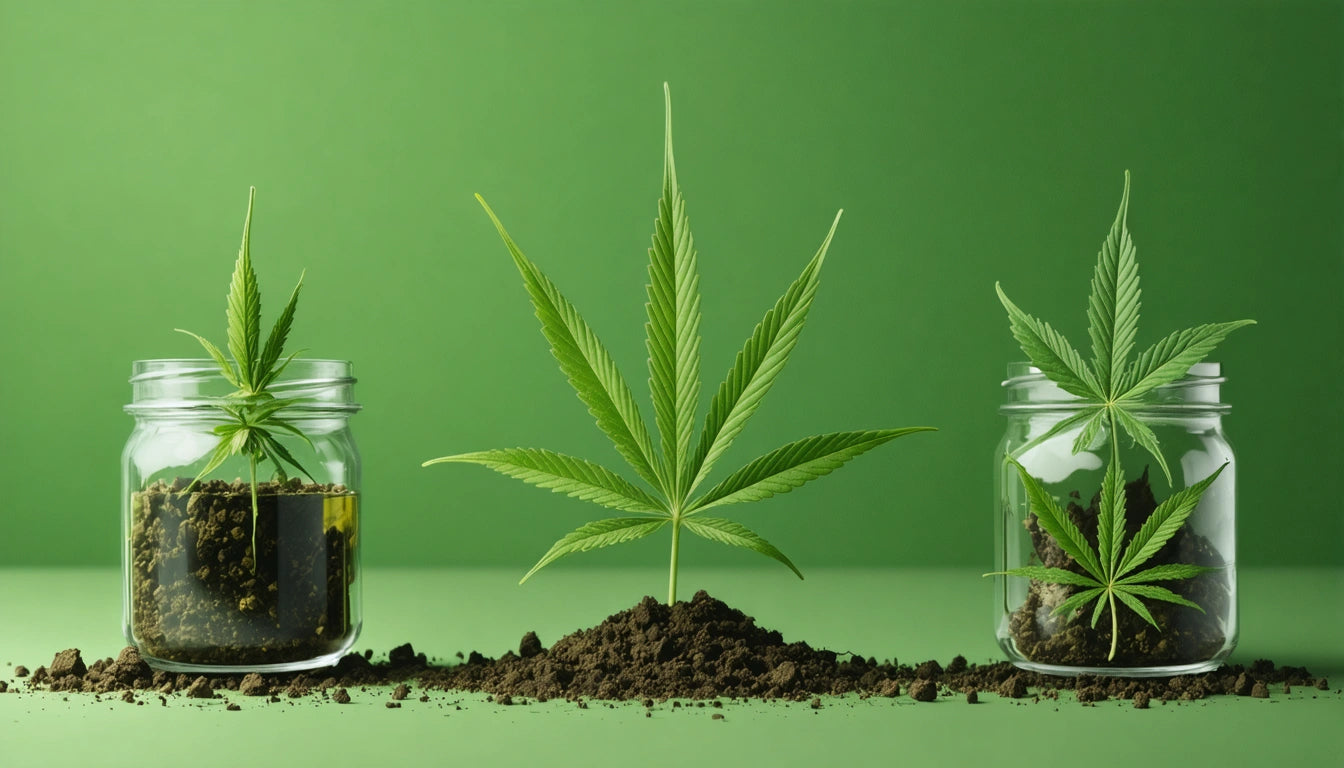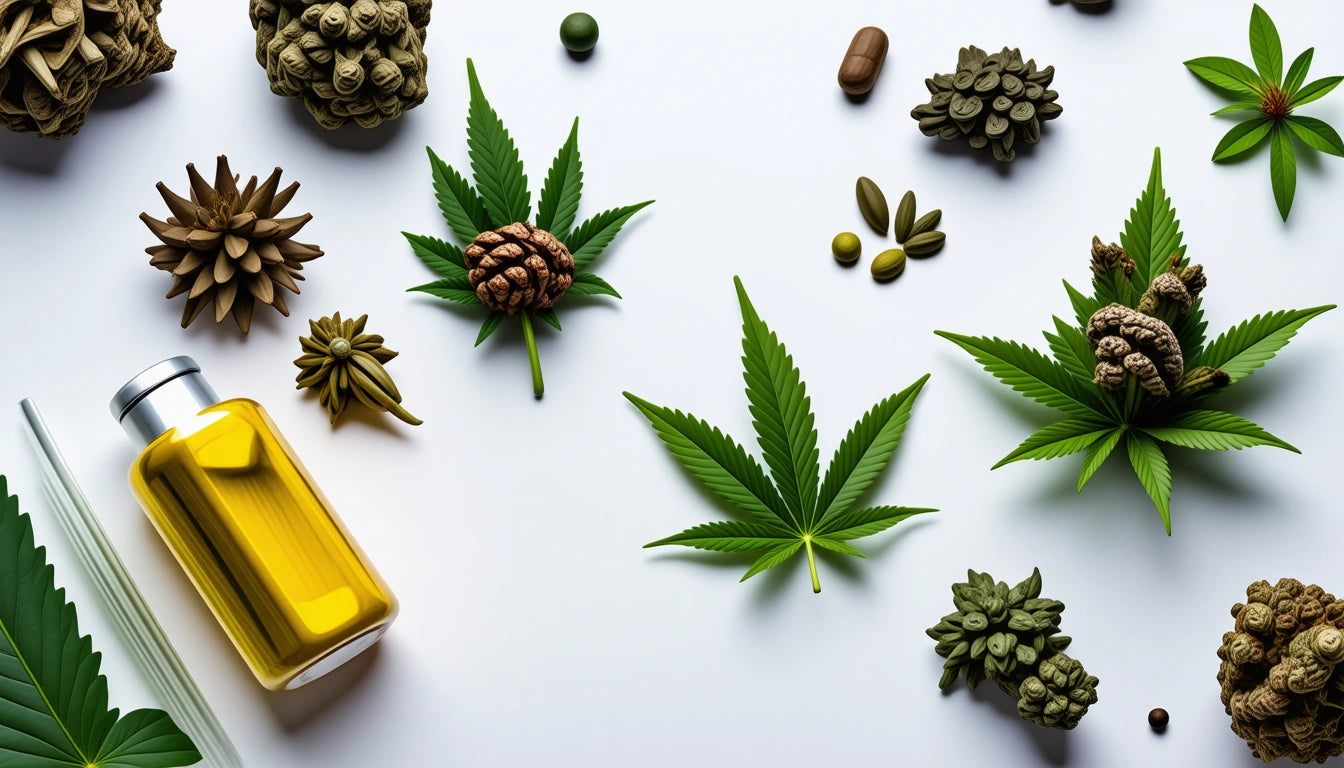Table of Contents
Comprehensive Guide to Making THC-Infused Edibles and Beverages
Creating THC-infused products at home has become increasingly popular as cannabis legalization expands. Whether you're interested in how to make THC drinks, edibles, or topicals, understanding the fundamental processes is essential for successful infusions. This guide covers everything from basic decarboxylation to advanced techniques for creating water-soluble THC products.
Understanding THC Basics: Decarboxylation and Potency
Before attempting any THC infusion, understanding decarboxylation is crucial. Raw cannabis contains THCA (tetrahydrocannabinolic acid), which must be converted to THC through heat to become psychoactive. This process, called decarboxylation, typically involves baking ground cannabis at approximately 240 °F (115 °C) for 30-45 minutes.
Potency calculations are equally important. The THC percentage in your starting material directly affects the strength of your final product. For example, if using flower with 20% THC content, each gram contains approximately 200mg of THC. However, home extraction is rarely 100% efficient, so calculating with 70-80% extraction rates provides more realistic expectations.
Essential Equipment for Making THC Infusions
Creating quality THC infusions requires proper equipment. Basic necessities include:
- Digital scale (accurate to 0.1g)
- Thermometer (preferably digital)
- Double-boiler or slow cooker
- Cheesecloth or fine mesh strainer
- Airtight storage containers
- Proper cannabis storage bags for your starting material to maintain freshness and potency
- Food processor or grinder
- Molds or containers for final products
For more advanced preparations like distillates or water-soluble formulations, additional specialized equipment may be necessary, including distillation apparatus or ultrasonic homogenizers.
Core Infusion Methods for THC Products
Oil and Butter Infusions
Fat-based infusions are the foundation of most THC edibles. THC is fat-soluble, making oils and butter excellent carriers. To create cannabutter or cannabis oil:
- Decarboxylate your cannabis as described above
- Combine decarboxylated cannabis with butter or oil in a 1:1 ratio (1 cup fat to 7-10 grams decarboxylated cannabis)
- Heat the mixture in a double-boiler or slow cooker at 160-180 °F (70-82 °C) for 2-3 hours, stirring occasionally
- Strain through cheesecloth to remove plant material
- Cool and store properly
For more detailed instructions on creating THC oil specifically, refer to this comprehensive guide to making THC oil.
Alcohol-Based Tinctures
Alcohol tinctures offer a smoke-free alternative with faster onset than edibles. To make a basic tincture:
- Decarboxylate cannabis as described
- Place ground cannabis in a jar with high-proof alcohol (Everclear or food-grade ethanol)
- Seal and store in a cool, dark place for 2-4 weeks, shaking daily
- For quicker results, you can use the freezer method (keeping all materials in the freezer and shaking for 3-5 minutes)
- Strain through cheesecloth and store in dark dropper bottles
Tinctures can be used sublingually or added to beverages for those learning how to make THC drinks.
Creating Water-Soluble THC
Learning how to make water soluble THC opens up new possibilities for beverage creation. While advanced, this process typically involves:
- Creating a tincture as described above
- Evaporating most of the alcohol
- Combining the concentrated extract with an emulsifier like sunflower lecithin
- Using an ultrasonic homogenizer to break down the particles to nanometer size
Commercial products often use proprietary emulsion technologies, but home methods can achieve decent results for personal use.
Crafting THC-Infused Beverages
For those wondering how to make THC infused drinks, several approaches work well:
Simple Syrup Method
To make THC syrup for beverages:
- Create a simple syrup by dissolving equal parts sugar and water
- Add decarboxylated cannabis or cannabis tincture
- Simmer gently for 30 minutes (do not boil)
- Strain and cool
- Add to beverages as desired
This versatile syrup can be used in teas, lemonades, or cocktails. Learning how to use THC syrup properly involves starting with small amounts (5-10ml) and adjusting based on potency and personal tolerance.
THC Tea Preparation
For those specifically interested in how to make THC tea:
- Add a fat source (cream, coconut oil, or butter) to hot water
- Add decarboxylated cannabis or cannabis-infused fat
- Steep for 5-10 minutes with tea of choice
- Strain and sweeten as desired
The fat source is crucial as THC is not water-soluble without an emulsifier.
Popular THC Edible Creations
Once you've mastered basic infusions, you can explore various edible options:
THC Gummies and Candies
Learning how to make THC candy involves combining cannabis tincture or oil with:
- Gelatin or pectin
- Fruit juice or flavoring
- Sweeteners
- Citric acid (for sour varieties)
For detailed instructions on creating gummies specifically, check out this guide to making THC gummies.
THC Capsules
For those interested in how to make THC capsules for precise dosing:
- Create concentrated cannabis oil
- Fill empty gelatin or vegetable capsules using a syringe
- Store in a cool, dark place
Capsules offer discretion and precise dosing without flavor concerns.
Proper Dosing and Storage Practices
Proper dosing is critical for safety and enjoyment. For beginners, start with 2-5mg THC per serving. More experienced users may prefer 10-25mg, while heavy users might use 50-100mg or more.
To calculate dosage in homemade products:
- Estimate the total THC in your starting material
- Account for extraction efficiency (typically 70-80%)
- Divide by the number of servings
For storage, keep all THC products:
- In airtight containers
- Away from light and heat
- Clearly labeled with potency and date
- Out of reach of children and pets
Most infusions will last 1-2 months refrigerated or 3-6 months frozen.
Future Innovations in Homemade THC Products
The world of homemade cannabis infusions continues to evolve. Emerging trends include:
- Nano-emulsification techniques for faster-acting edibles
- Strain-specific infusions highlighting terpene profiles
- Combination products with CBD, CBN, or other cannabinoids
- Low-dose "microdosing" preparations for functional benefits
As extraction technology becomes more accessible to home users, the quality and consistency of DIY products will continue to improve. For those interested in more advanced techniques, exploring methods for extracting THC concentrates can open new possibilities for potent, precisely dosed creations.
Whether you're making simple THC tea or complex water-soluble beverages, the key to success lies in understanding the science, starting with quality ingredients, and practicing careful measurement and patience throughout the process.











Leave a comment
All comments are moderated before being published.
This site is protected by hCaptcha and the hCaptcha Privacy Policy and Terms of Service apply.